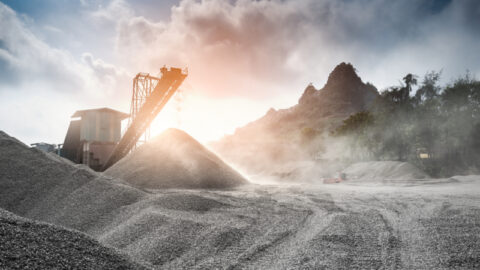The Australian Energy Regulator’s (AER) State of the Energy Market 2020 report depicts a market in a state of flux, with renewables investment increasing, gas prices falling and new innovations emerging.
The report provides a deep-dive examination of Australia’s energy sector with detailed market and consumer insights, representing a vital analytical tool for energy professionals.
AER Chair, Clare Savage, said the report revealed “unprecedented change” in the way Australia generates, distributes and uses energy.
“Consumers have increasing control in how they consume and manage their energy. The pace of technological change in the energy sector presents emerging challenges in traditional market definitions and boundaries,” Ms Savage said.
“The AER actively monitors this evolution through our energy market performance reporting and the State of the Energy Market 2020 report serves as a valuable resource for market participants and decision makers across the policy, legal and regulatory spheres.”
Key elements of the energy market evolution identified in the 2020 report include:
- Investment in renewable generation is increasing but more work is needed to support a smoother transition
- Networks have lower revenue than before and are better at managing their costs while also improving the reliability of their networks and their engagement with consumers
- Gas production is at its highest ever level while prices are falling internationally and this is carrying through to the domestic market
- Innovations to support consumer behaviour during the transition are emerging, such as demand response and cost reflective tariffs
- Decreasing wholesale prices and network costs, as well as new initiatives such as the Default Market Offer (DMO) are putting downward pressure on retail prices, which is good news for consumers
In addition to a chapter dedicated to analysis of the transition in the Australian energy market, other key elements of the AER’s 2019-20 work detailed in State of the Energy Market 2020 include its activities to:
- Review and approve transmission projects to strengthen the national grid and assist with the uptake of renewables
- Approve innovative network tariffs and managing demand management initiatives to assist consumers make the most of new smart technology
- Support innovations in gas distribution such as Jemena Gas Networks’ research into hydrogen as a household fuel
- Expand the EnergyMadeEasy website to help consumers find the best energy deal for their needs
- Support Australian consumers who have been financially impacted by COVID-19
Major policy reforms on access to the pipelines used to transport gas to market and innovative work between energy networks and their consumers on how services should be shaped are also examined in detail in the report.
“These changes free up capacity on gas pipelines which means more gas can be sent more cheaply, resulting in lower prices for consumers when they use their appliances at home,” Ms Savage said.
“Networks are engaging ever more closely with consumers on issues like reliability and access to innovations around how households use and generate their energy. This means better outcomes for both businesses and consumers when the AER makes decisions.”
Analysis on the impacts of COVID-19
The emergence of COVID-19 in early 2020 sparked a swift response by the AER as it moved to ensure that energy consumers were protected.
“Our Statement of Expectations released in the wake of COVID-19 encouraged retailers to extend payment plans and not disconnect customers under financial stress. Pleasingly, both networks and retailers quickly adopted these expectations,” Ms savage said.
“We will continue to monitor the impacts of COVID-19 on the Australian energy market and encourage all parts of the supply chain to work together to support consumers and the industry.”
In July 2019, the Federal Government introduced the DMO as a cap on the price that electricity retailers can charge consumers on standing offer contracts.
The AER developed the DMO mechanism and sets price caps in south east Queensland, New South Wales and South Australia.
The report demonstrates that from July 2019 to January 2020, standing offer prices for residential consumers fell by 11-13 per cent in NSW, 12 per cent in South Australia, and ten per cent in South East Queensland.
“We recognise that market and regulatory frameworks exist to serve the long term interests of consumers, but meeting their diverse needs is challenging,” Ms Savage said.
“There are still many consumers who may not want to, or simply cannot, effectively engage in what is a complicated market and the DMO works to protect their interests.
“Our State of the Energy Market Report is a valuable resource that helps us all better understand the drivers of change as we transition into a new model while managing the impact of COVID-19.”
Read AER’s State of the Energy Market Report 2020 here.
















